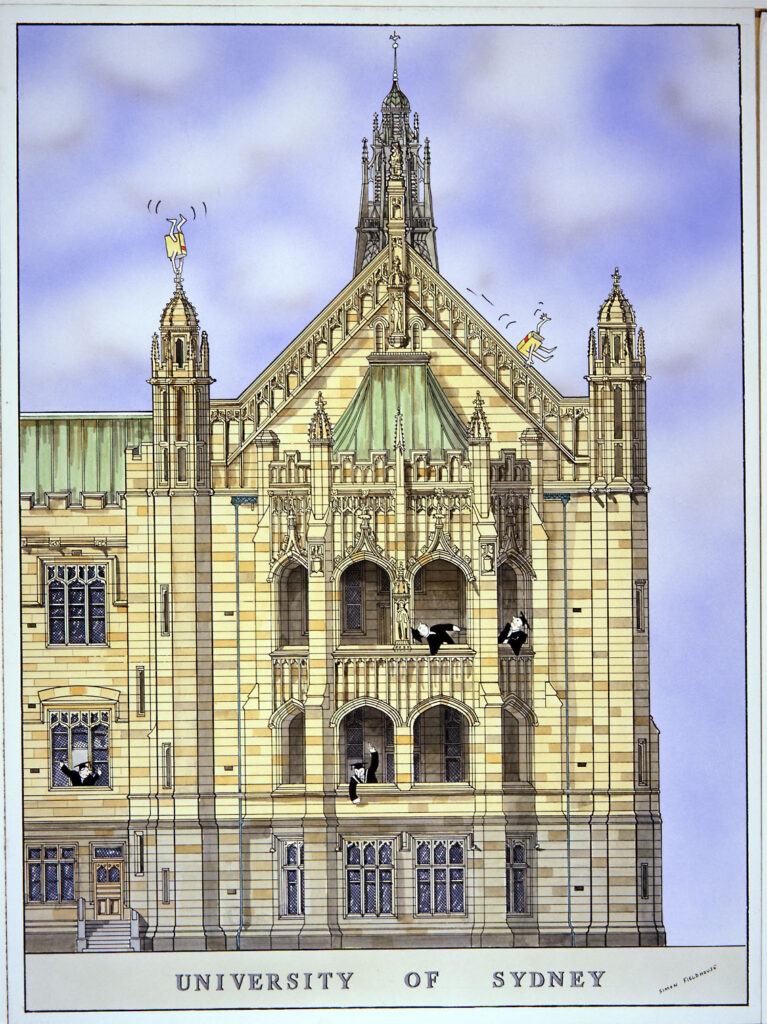
McLaurin Hall- University of Sydney
McLaurin Hall, located within the prestigious grounds of the University of Sydney, is a building steeped in history and cultural significance. Named after Sir Henry McLaurin, the university's Chancellor from 1889 to 1907, this hall has been a witness to countless academic ceremonies, cultural events, and significant moments in the life of the institution.
Constructed in the late 19th century, McLaurin Hall is an architectural gem that reflects the Neo-Gothic style prevalent during its era. Its grand facade, adorned with intricate stonework and stained glass windows, exudes an aura of academic tradition and excellence. The hall's design was heavily influenced by the Gothic Revival movement, which sought to evoke the spirit of medieval architecture, emphasizing beauty, grandeur, and a connection to history.
Throughout its history, McLaurin Hall has played a pivotal role in the cultural and academic life of the University of Sydney. It has been the venue for numerous convocation ceremonies, where students don their academic robes and mortarboards, marking the culmination of their years of study. These ceremonies are not only a celebration of academic achievement but also a testament to the rich tradition and heritage of the institution.
Beyond academic events, McLaurin Hall has also hosted a wide array of cultural and artistic performances. It has been a stage for music concerts, theatrical productions, and lectures by renowned scholars and public figures. This versatility has allowed the hall to foster a sense of community and intellectual exchange within the university.
McLaurin Hall also holds cultural significance beyond the confines of the university. It stands as a symbol of Sydney's rich educational history and commitment to higher learning. The hall's iconic presence in the heart of the campus serves as a reminder of the enduring value of education and the role that institutions like the University of Sydney play in shaping society.
In conclusion, McLaurin Hall at the University of Sydney is not just a building; it is a living testament to the university's history and cultural significance. Its grandeur, architectural beauty, and role as a hub for academic and cultural events make it a cherished and revered institution within the university and the broader community. McLaurin Hall continues to inspire generations of students, academics, and visitors, reminding us of the enduring importance of education and cultural enrichment.